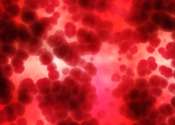To mask or not to mask: Study provides mechanism to test materials
In a study that used inorganic, physical and analytical chemistry to mimic respiratory droplets that can carry viruses, researchers demonstrated a mechanism that enables multiple mask materials to be protective. Led by Stony ...









